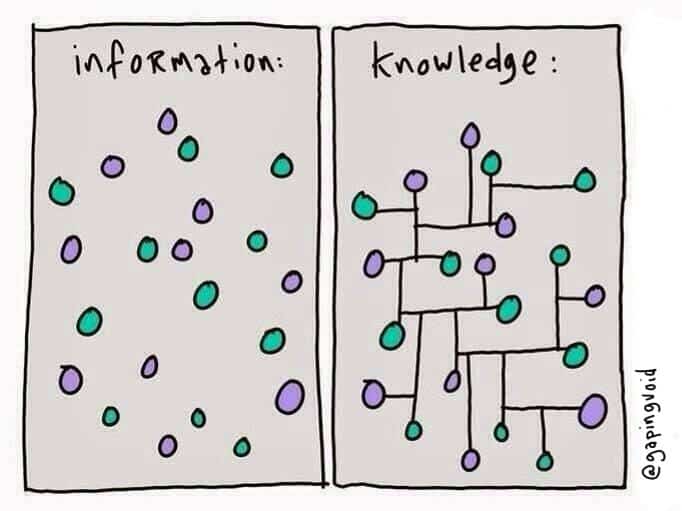In February 2024, the National Center for Transgender Equality, based in Washington, DC released an “Early Insights” report for its 2022 US Trans Survey (USTS). The data and conclusions gathered from the survey will have significant and wide-reaching impacts in transgender social science, history, and policymaking in the US. The effort also has interesting implications in the information field, raising at least as many questions as it does answers. Perhaps the most fundamental question: how do you responsibly categorize gender identity among trans populations?

According to the Early Insights report, “the 2022 USTS is now the largest survey ever conducted to examine the experiences of binary and nonbinary transgender people in the United States, with an unprecedented 92,329 respondents.” This iteration follows a prior survey by the National Center for Transgender Equality in 2015, which itself was developed out of a prior effort between 2008 and 2011 known as the National Transgender Discrimination Survey.(James 2024) While the 2022 USTS did not aim to provide a total population estimate of transgender people in the US, it does provide a broader look at the overall trans population than has been achieved up to this point.(Mithani 2023) The team made extensive and critical efforts at outreach in order to achieve a more representative survey population than previous survey, which notably struggled with collection bias. The resulting dataset is not perfect but is both the most extensive and (at least ostensibly) representative information of its kind available today, surpassing the prior effort’s research population by a factor of three.(James 2024)

In the politically fraught political climate that underlies discussions of transgender identity and populations in the US today, it has never been more apparent that gender is an ontologically complicated category with a range of different and strongly held popular conceptions. Separating it into a pie chart is no easy task! Notably, there is also the related but separate issue of sex to contend with. The categories which the 2022 USTS deals with with continue to include data regarding sex assigned at birth in addition to self-identified gender identity. In addition to “Assigned Male at Birth” and “Assigned Female at Birth” as subcategories for nonbinary identity, the 2022 USTS also includes interesting insights as to intersex identity. According to the Early Insights report, “Five percent (5%) of respondents reported they were born with a variation in physical sex characteristics or had an intersex variation or Difference of Sex Development, 72% reported they were not, and 23% reported that they did not know.”(James 2024) While not represented in the graphics, this insight reveals complications not only in the classification of gender, but also in the classification of human sex — a matter often assumed to constitute a simple binary.
Also interesting in the 2022 USTS’s classification of gender are categories which appear (or are absent) in the data. Two percent of respondents identified as “Crossdresser”. More granular nonbinary identities such as “agender” or “bigender” are not discussed in the report, nor is the North American Indigenous category of “two-spirit” (2S). No data is shown in the Early Insights report on whether there was an “Other” or “Miscellaneous” category for gender. These observations reveal a varied and shifting cultural context around the definition and classification of gender. Two great books have come out in the last couple years which investigate this aspect of transgender identity as culturally determined and rapidly changing in its formal description: Before We Were Trans by Kit Heyam, which deals with gender diversity with respect to imperial hegemony in diverse global contexts, and the third edition to Whipping Girl, a classic text on transgender studies by Julia Serrano.
I recall from a recent visit to the NYPL Picture Collection, for example, finding erased and crossed-out old subject headings written on files in the folder on trans women. “Female impersonators”? No, not anymore: “Transvestitism”? Yikes, not that either. Maybe “Gender Expression” then? Either a classification nightmare or an interesting case study, depending on who is doing the classification.
Works Cited:
James, S. E., Herman, J. L., Durso, L. E., & Heng-Lehtinen, R. (2024, February). Early insights. US Trans Survey. https://transequality.org/sites/default/files/2024-02/2022 USTS Early Insights Report_FINAL.pdf
Mithani, J. (2022, November 16). Data on trans people is hard to come by. this survey is changing that. The 19th. https://19thnews.org/2022/11/us-trans-survey-data-research/
National Center for Transgender Equality. (n.d.). 2022 US Trans Survey Logo. Issues | U.S. Transgender Survey. National Center for Transgender Equality. Retrieved April 4, 2024, from https://transequality.org/issues/us-transgender-survey.
Evie Ippolito (653-01)
















